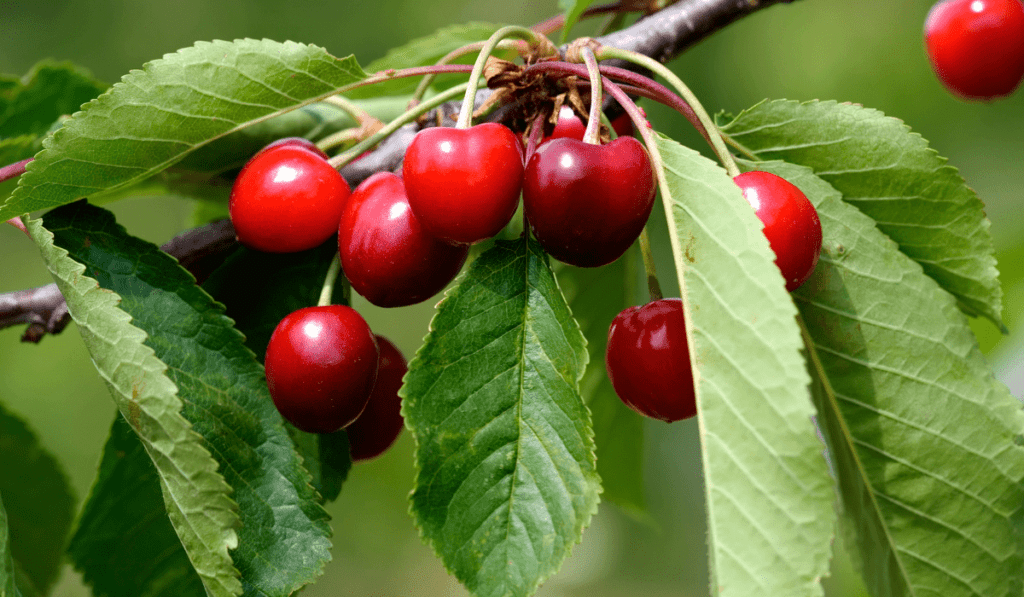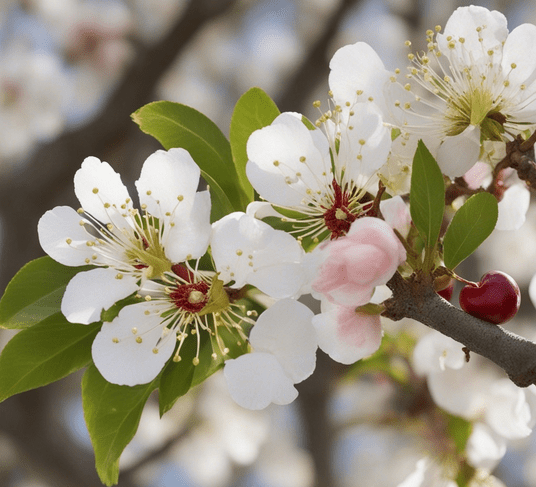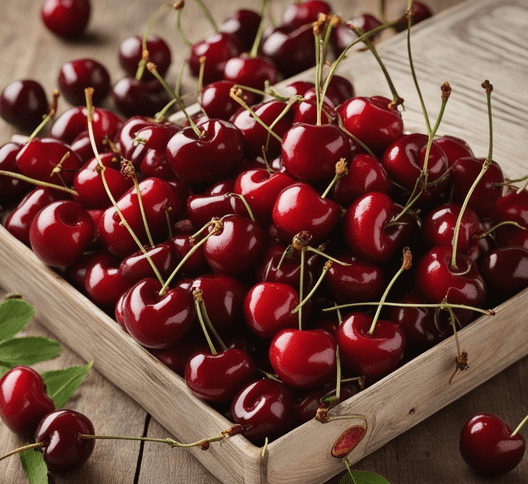Embark on a journey to discover the secrets of cherry tree planting, where the choice of the planting month can shape the destiny of your orchard. As an SEO Content Master with a decade of experience, join me in unraveling the mysteries behind the best month to plant cherries. This comprehensive guide will delve into the factors influencing planting time, explore the ideal months for planting, and
equip you with practical tips for a successful cherry tree cultivation.
Section 1: Importance of Choosing the Right Month
Impact on Cherry Tree Growth and Health
Choosing the optimal month for planting sets the stage for robust cherry tree growth and overall orchard health. The timing of planting profoundly influences the establishment of root systems, nutrient absorption, and the tree’s ability to acclimate to its surroundings. A strategic planting schedule enhances the tree’s resilience against environmental stresses, pests, and diseases, contributing to long-term vitality.
Section 2: Factors Influencing Planting Time
Climate Considerations
Understanding your local climate is pivotal in determining the best month for planting cherries. Cherry trees thrive in specific temperature ranges and environmental conditions. Extreme heat or cold can impact their growth. Research the historical weather patterns of your region, including temperature fluctuations, precipitation levels, and frost dates. Choose a planting window that aligns with the tree’s preference for moderate conditions, ensuring a strong start for your orchard.
Cherry Tree Varieties
Different cherry tree varieties exhibit specific preferences when it comes to planting time. Each variety has its unique characteristics, including growth patterns, cold hardiness, and adaptability to varying climates. Conduct thorough research on popular varieties like Bing, Rainier, and Stella. Consider factors such as chilling requirements and heat tolerance to match the chosen variety with your local climate. This strategic selection ensures that your cherry trees are well-suited to the conditions of your orchard.
Section 3: Best Months for Planting Cherries
Spring Planting (March to May)
Spring, a season of renewal, offers an optimal environment for cherry tree growth. During this period, the soil begins to warm, creating favorable conditions for root development. Choose a well-drained planting site with exposure to sunlight. Spring planting allows the cherry trees to establish strong root systems before the onset of summer heat. However, be cautious of late frosts, and consider frost protection measures for young blossoms.
Fall Planting (September to November)
Fall planting presents unique advantages for cherry tree cultivation. As temperatures cool down, the trees can focus on root establishment without the pressure of supporting extensive foliage. The period between September and November provides a window for root growth before winter dormancy. It’s essential to plant early in the fall, allowing sufficient time for roots to develop. Mulching around the base of the tree provides insulation against winter cold, promoting a healthy start for your cherry orchard.
Section 4: Practical Tips for Successful Planting
Unlock the secrets to successful cherry tree planting with actionable tips and guidelines.
1. Site Selection:
Choose a planting site with well-drained soil and exposure to sunlight. Avoid low-lying areas prone to frost, and ensure proper air circulation around the trees.
2. Soil Preparation:
Conduct a soil test to assess pH levels and nutrient content. Cherry trees prefer slightly acidic to neutral soil. Incorporate organic matter such as compost to enhance soil fertility and structure.
3. Planting Instructions:
Follow a systematic approach to planting. Dig a hole twice as wide as the root system and at the same depth. Place the tree in the center, backfill with soil, and water thoroughly. Apply a layer of mulch to conserve moisture and suppress weeds.
4. Watering:
Establish a consistent watering schedule, especially during dry spells. Deep watering encourages deep root growth. Use a drip irrigation system or a soaker hose to deliver water directly to the root zone.
5. Protection Measures:
Implement protective measures against potential threats. Use frost blankets in spring to shield blossoms from late frosts. Apply organic pest control methods to deter common pests without harming beneficial insects.
6. Monitoring and Adjustments:
Regularly monitor the health of your cherry trees. Adjust watering and fertilization based on their growth. Prune during the dormant season to shape the trees, remove deadwood, and encourage air circulation.
7. Post-Planting Care:
Provide ongoing care after planting. Monitor the soil for moisture, adjust watering as needed, and replenish mulch to maintain optimal soil conditions. Consider periodic applications of organic fertilizer to support healthy growth.
Conclusion:
Summarize the key insights discussed in the blog post, emphasizing the importance of strategic planting for a flourishing cherry orchard. Reiterate the impact of climate and cherry varieties on planting decisions. Encourage readers to apply the outlined insights in their orchards for successful cherry tree cultivation.



